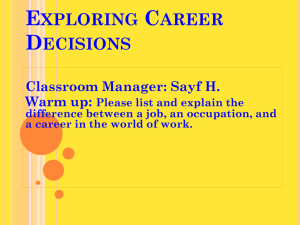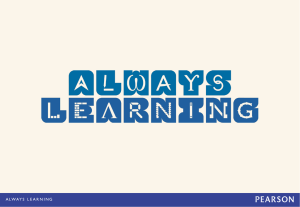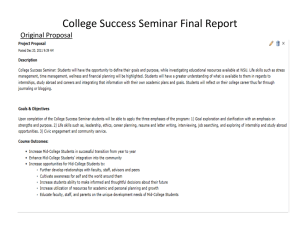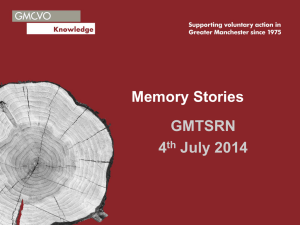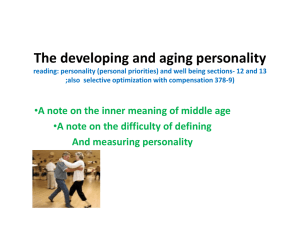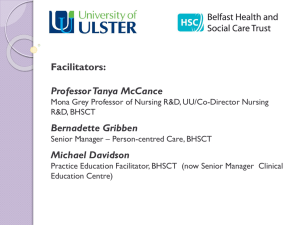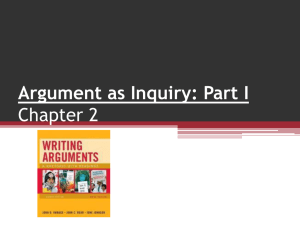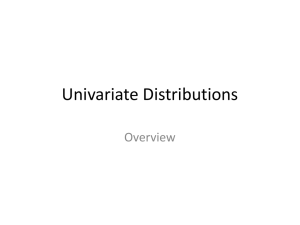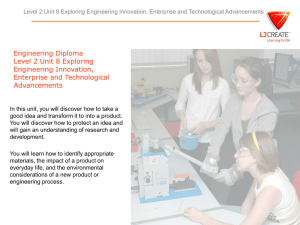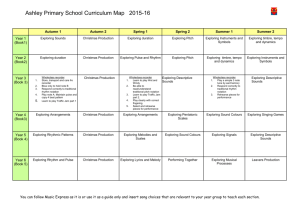Research Process Presentation - Digital Humanities Observatory
advertisement
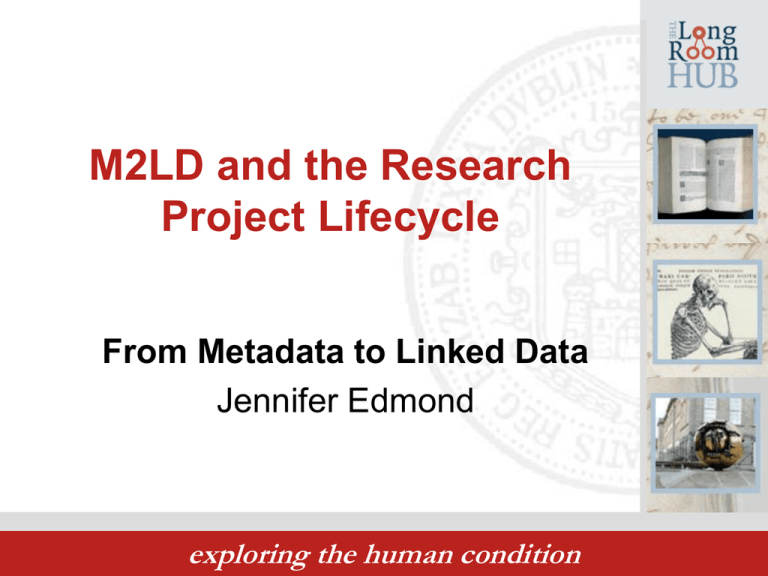
M2LD and the Research Project Lifecycle From Metadata to Linked Data Jennifer Edmond exploring the human condition Where we ended… • What to model? • What to link? • Digital rot? • …all questions gesturing toward the link between technology and the research process exploring the human condition The very big question • How do we get the most out of the (often sizable) investment of time, money and intellectual input that we make in a digital humanities project? exploring the human condition exploring the human condition Levels of knowledge Known Knowns Known Unknowns Unknowns Unknowns Unknowable Unknowns Research Questions Technology Choices Standards Migration Metadata Technology Choices Dissemination exploring the human condition A few more questions • What do you need to know for scoping (best practice, similar projects, reusable tools)? • What skills or collaborators (=resources) do you need for delivery? • What time or equipment (= more resources) do you need for delivery? • Remember: more projects fail because of planning than technical barriers (the old trilemma of good/fast/cheap) exploring the human condition exploring the human condition exploring the human condition Distinct array of skills required – Humanities domain knowledge – Technical design – HCI – Data architecture/knowledge engineering – Process – Control – Environment exploring the human condition Research as sigmoid exploring the human condition Longer term perspective project proposal handover plan idea exploring the human condition Where the support is project proposal handover plan idea exploring the human condition A single project Interpret assemble disseminate gather prep exploring the human condition • • • • • • • • • • • • XML markup (Oxygen) Parallel Markup Geospatial markup (kml, Google Earth) Versioning Machine Collatex Juxta TaporWare Voyeur OpenCalais Yahoo Pipes OWL Ontologies (Protégé) Sparql Queries (Snorql)/RDF/TTL exploring the human condition • Where are the possible connection points between these technologies/tools and the research process? • imagine, design, build, investigate, document, maintain, migrate exploring the human condition A single project Interpret assemble disseminate gather prep exploring the human condition Case Study Framework • What are the research questions and/or those of the intended users? Can/should other possible future users be taken into account? • Does the research project have the resources it needs (team/skills/money/time)? • Where in the research process is there a role for M2LD technologies? Which ones? • What are the scope/resource implications of this adoption (in the short and long term)? – How well integrated into its environment is the project? – Who are its stakeholders, and are they engaged? – Does the project need to raise/lower its ambitions to be deliverable? exploring the human condition Case Studies • 10 minutes: Intro, shuffle, elect rappoteur (not the case owner) • 10 minutes: read/review case study • 10 minutes: questions to case owner • 20 minutes: discuss within case study framework, in particular how various technologies *could* be implemented and whether they *should* be used (but don’t feel limited to this) • 10 minutes: assemble report Coffee at 11! exploring the human condition
